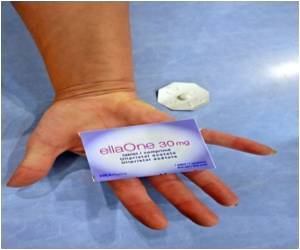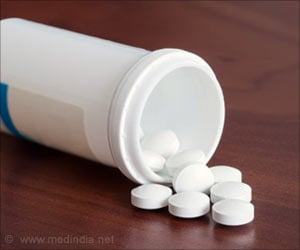Women who received uterine fibroid treatments showed a reduction in symptoms and significant increase in quality of life, according to a study published in the May issue of Radiology.

"When discussing treatment options for women with uterine fibroids, the pros and cons of each treatment option need to be outlined," said the study's lead author, Fiona M. Fennessy, M.D., Ph.D., assistant professor of radiology at Harvard Medical School. "But until now, we haven't been able to evaluate all of the options with health-related quality-of-life measures, assessing symptom relief as well as the pain, anxiety or recovery time associated with the treatment itself."
In the study, researchers surveyed a total of 197 women who underwent hysterectomy (62), UAE (74) and MRgFUS (61) for symptomatic uterine fibroids between 2004 and 2006. The mean ages of the women in three groups were 47, 44 and 47, respectively.
A utility weight (a single unit of measure that encompasses all the different quality-of-life benefits from a health care intervention) was obtained for each of the fibroid treatment options, allowing comparisons of quality of life before and after treatment.
In addition, short-term utility weights for the actual treatments the women underwent were compared, allowing comparison of the actual treatment experiences among the options. To do this, the researchers used the waiting trade-off (WTO) method, which is based on the fact that people tend to wait longer to avoid unpleasant tests or procedures. Analysis by the WTO method provides short-term quality-of-life tolls in terms of quality-adjusted life-weeks.
"Quality of life significantly increased following each of the fibroid treatment options," Dr. Fennessy said. "But patients rated the non- or minimally invasive treatments �UAE and MRgFUS � more favorably."
Advertisement
The minimally invasive UAE procedure, which is increasingly used as an alternative to the surgical removal of the uterus (hysterectomy), requires only a small nick in the skin, through which a catheter is inserted to deliver particles that block blood flow to the fibroids. UAE may be associated with a number of days of pain and cramping. The MRgFUS procedure, which was approved by the U.S. Food and Drug Administration in 2004 as a treatment option for uterine fibroids, is noninvasive: it uses ultrasound energy to ablate the fibroids. MRgFUS is quick and painless for many, and symptom relief has been shown to occur by 12 weeks.
Advertisement
Source-Eurekalert











